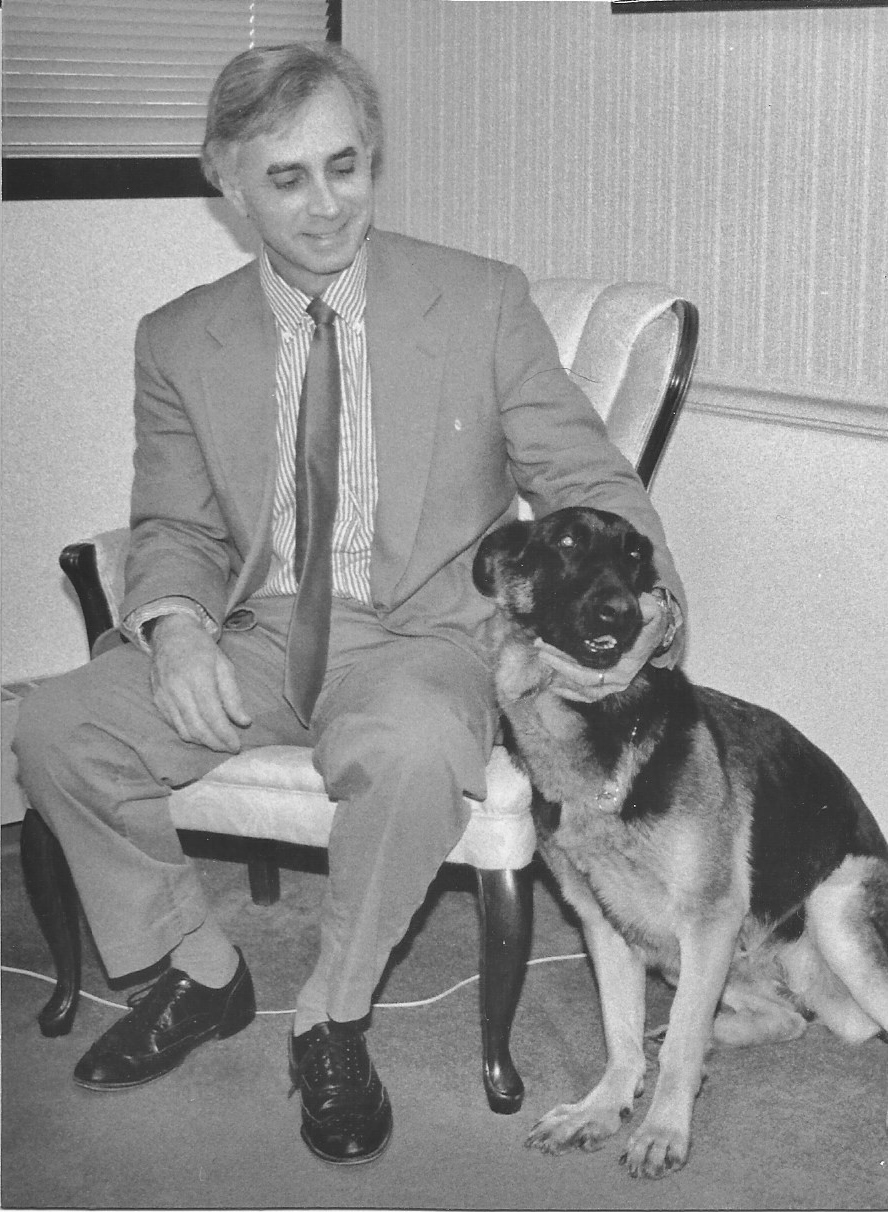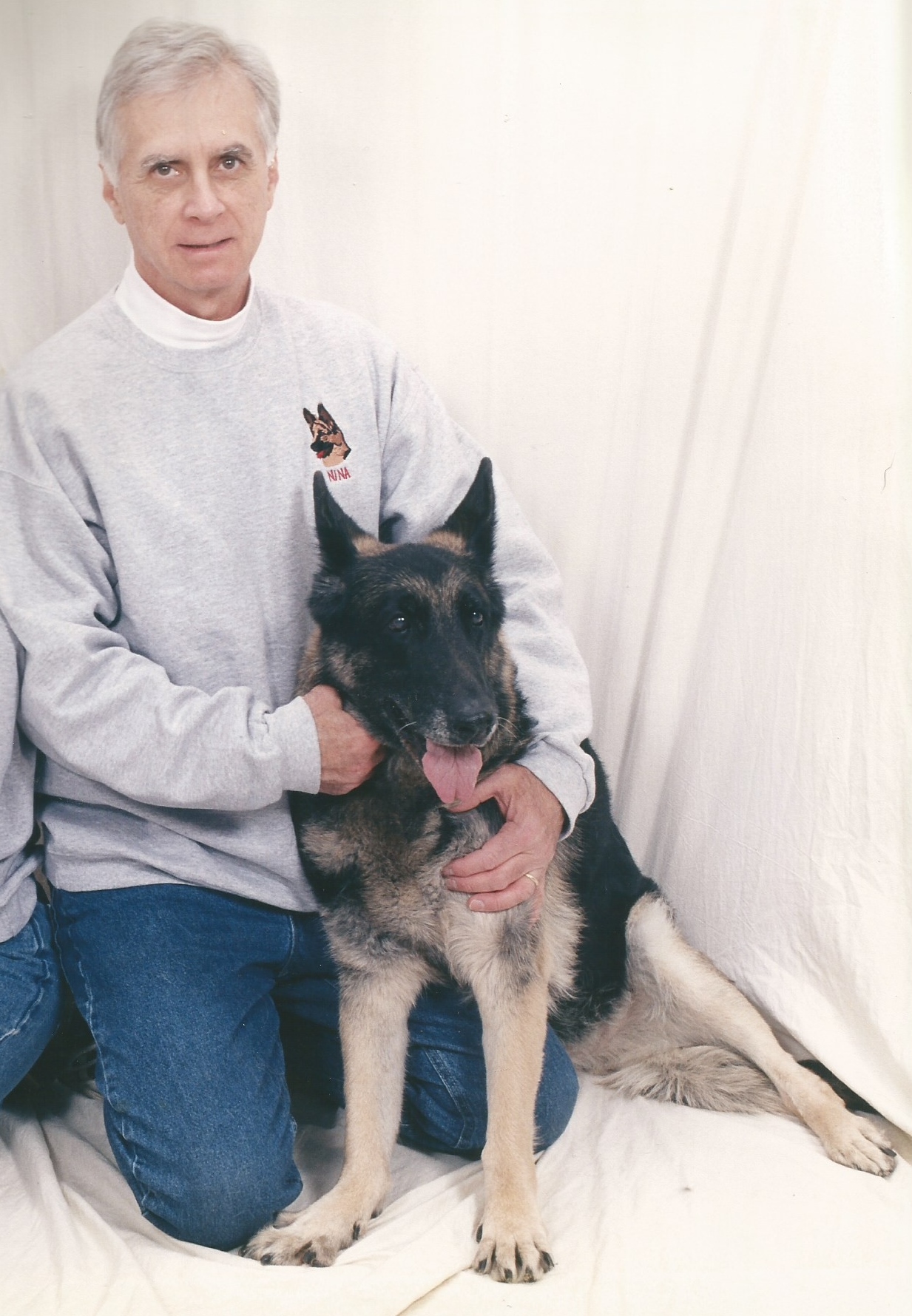This paper by Charles L. Salmone features his favorite dog, Nina, who was a certified therapy dog.

Here is a brief excerpt from page 6:
A dog’s social organization and behavior, which resembles that of humans, allows it to have little trouble receiving and responding appropriately to human signals and body language. The reverse of this also holds. This makes a strong basis for a companion type relationship between humans and dogs that is unique (Ginsburg, 1991). Brill (1941) notes that the dog alone has been able to live in close proximity with man. Too, he indicates that the dog has evolved into the highest type of transference animal: “The unconscious tendencies draw no more distinction between human and animal objects than the little child does between itself and the house dog” (p. 155).

Perhaps the essence of a dog and its relationship with humans is best captured by literary critic, Samuel Butler who proclaimed, “The greatest pleasure of a dog is that you make a fool of yourself with him and, not only will he not scold you, but he will make a fool of himself too.” All of us have heard the phrase, “A dog is man’s best friend”. Indeed, psychoanalyst, Volney Gay, Ph.D., proclaimed, “Dogs are some of my better friends” (personal communication). One possible explanation for the bond between humans and dogs that has been observed for many years consists of the many similarities between dogs and humans. This echoes what Kohut referred to as the need for human sameness or twinship. These similarities exist in brain structure; communication (verbal and nonverbal) and social behavior; and emotional development, behavior and disturbance…
